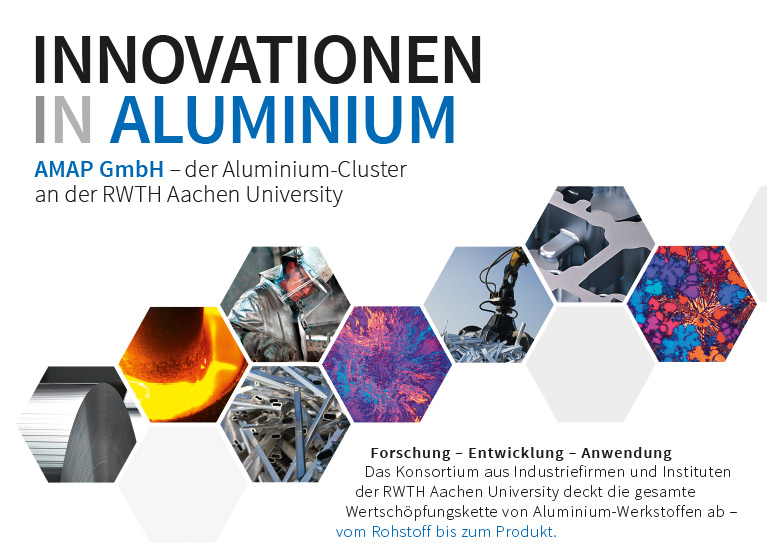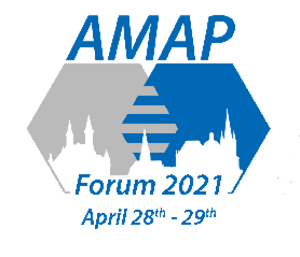II.1 - Ultrasonic Particle Detector for non-metallic inclusions
Friederike Feikus
Foundry Institute RWTH Aachen University
Summary
In order to produce high-quality castings, it is necessary to determine the quality of the melt. Although common measurement technologies such as LiMCA, PoDFA and MetalVision etc. can determine non-metallic inclusions in aluminum melts, there is no fast, cost-effective and accurate measurement technology for industrial use. The main objective of a project at the Foundry Institute of RWTH Aachen University and the Fraunhofer Institute IZFP in Saarbrücken was the development of an ultrasonic detector for non-metallic inclusions in aluminum melts, which Friederike Feikus from the Foundry Institute reported on in her presentation “Ultrasonic Particle Detector for non metallic inclusions”.
The initial situation: measurement techniques for liquid metal inclusions. Most measurement techniques are either too expensive and/or unable to effectively measure large quantities of molten metal with sufficiently high resolution. There are only a few methods that can quickly detect a wide range of inclusion sizes, as Feikus found.
With the development of an ultrasonic detector for non-metallic inclusions in aluminum melts, a method was to be brought to industrial maturity that is accurate, reliable, fast and cost-effective. The ultrasonic particle detector developed at the institute was used in benchmark tests to examine wrought and cast alloys and delivered convincing results. The ultrasonic setup detects changes in particle concentration with a good correlation to LiMCA and PoDFA results. The system is able to detect particles in Al melts over a wide concentration range. The detection of inclusions with a size >20µm is possible.
To summarize, foundry expert Feikus can state the following for the ultrasonic detector: A good agreement between LIMCA and ultrasonic counts could be established. Ultrasonic counts above the noise level at each measuring point tend to agree with the LIMCA-N20 values. Ultrasonic counts above the 20% threshold tend to agree with the LIMCA N40 values. However, for definitive statements on reproducibility, the software settings must be kept constant.
Outlook
The prototype will be tested in the foundries of the project partners Hydro Aluminium, Nemak, Ohm&Häner and Trimet and optimized for a device suitable for industrial use. The sales price is expected to be well below €100,000, so that smaller foundries can also be considered as customers.


